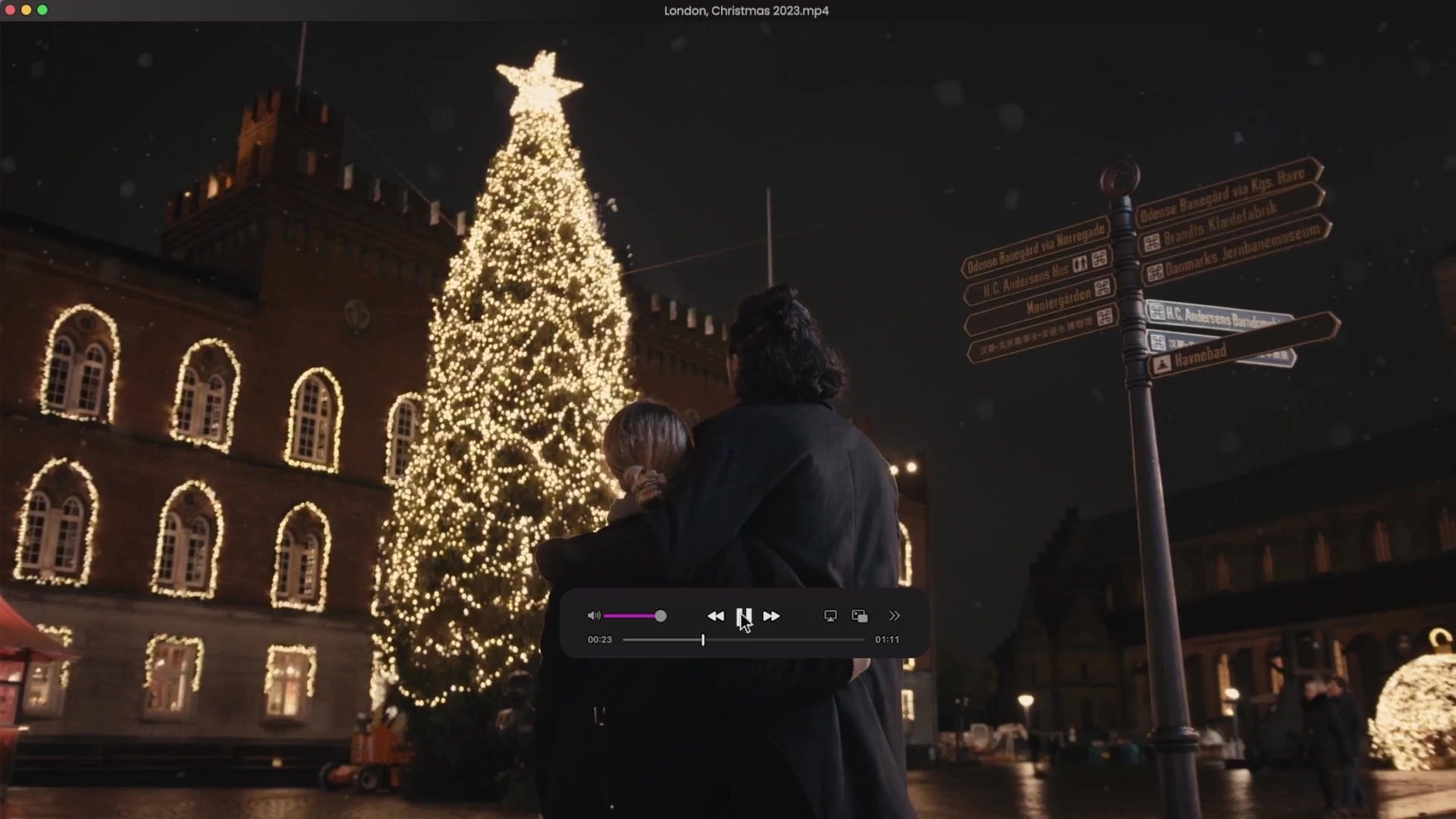Cannes Lions
Puzzlehead
McCANN HEALTH NEW YORK / ELI LILLY / 2019




Overview
Entries
Credits
OVERVIEW
Background
Migraine is a complex neurological disease. For patients, each experiences migraine differently and no two attacks are the same. This variability means every patient is a unique puzzle in need of tailored solutions.
Unfortunately for physicians, prescription acute treatment options are limited for the thousands and thousands of patients who don’t respond to standard of care. The many questions of why and how to address it leave physicians with few answers. There’s not much more to offer them besides dosing adjustments, trigger avoidance education and tracking, and best practice on product use. Frustrated patients can lose faith in their physicians and leave the healthcare system altogether, relying instead on coping mechanisms and over-the-counter medication to treat their attacks.
And for the scientific community, understanding of the pathophysiology of migraine is always evolving, with still infinite more questions than answers.
Idea
The idea of a puzzle taps into human nature of wanting to figure out problems. This instinct tends to be more sharply honed in healthcare professionals, many of whom gravitated to the profession because of a desire to help people figure out how to solve their medical problems.
The image of a puzzle quickly and simply conveys the idea of problem-solving. Explicitly connecting it to the theme of “complexity” resonates with the challenges physicians face understanding and treating migraine.
To make the idea compelling and trigger immediate disease state recognition, we used a puzzle to create the face of migraine, visually demonstrating to physicians the pain and frustration of patients who are not receiving adequate care.
Strategy
Up to 40% of people with migraine do not respond to triptans, the current standard of care. This unmet need could be due to lack of efficacy, intolerable side effects, poor compliance and misuse, or a combination of these things. All are questions with few definitive answers.
Triptans are thought to work on serotonin receptors 5-HT1B and 5-HT1D. For patients who aren’t getting adequate response from triptans, 5-HT1F has been identified as another promising target.
With Lilly launching a new class of acute treatment in early 2020, prelaunch focus on unmet need, burden of disease, and education on the serotonin pathway empathizes with physician frustration over knowledge gaps and treatment limitations. Ultimately, the goal is conversation: sparking physician dialogue with their patients about treatment satisfaction so they can gain a better understanding of what’s working, what’s not, and if a therapy with a different target may provide an answer.
Execution
For Puzzle Head to be an effective communication, we had to find the right balance between realistic patient portrayal combined with a more surreal visual representation of the puzzle. Pushed too far either way and we risked having confusing and potentially horrific imagery that alienated physicians instead of engaging them.
Casting focus was on people with distinct facial features that would still stand out once their faces were rearranged in the individual puzzle pieces. We used their portraits to create illustrations that helped determine the appropriate arrangement of the pieces.
From there we photographed the talent with a cube over their faces and combined with photogrammetry (3D scanning), CGI, and post production to bring Puzzle Head to life.
All other graphic elements of the campaign, from typography to color composition, were designed to reflect the puzzle idea.
Outcome
The Puzzle Head campaign was launched at the end of February 2019. It is a prelaunch campaign – as such, there are no results we can record against brand.
Similar Campaigns
12 items







